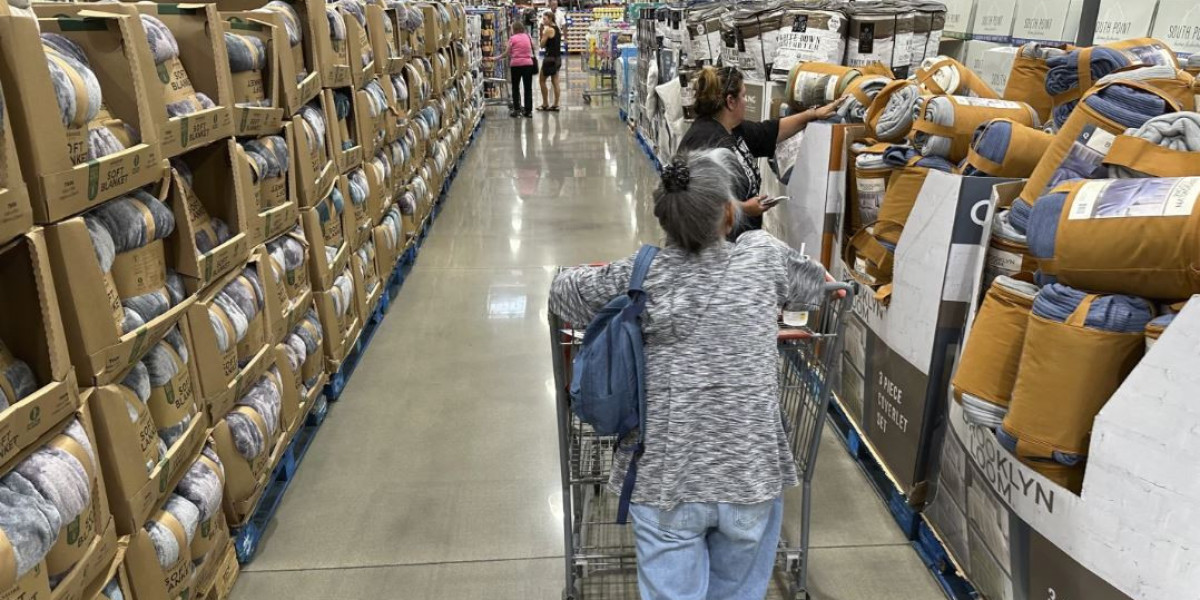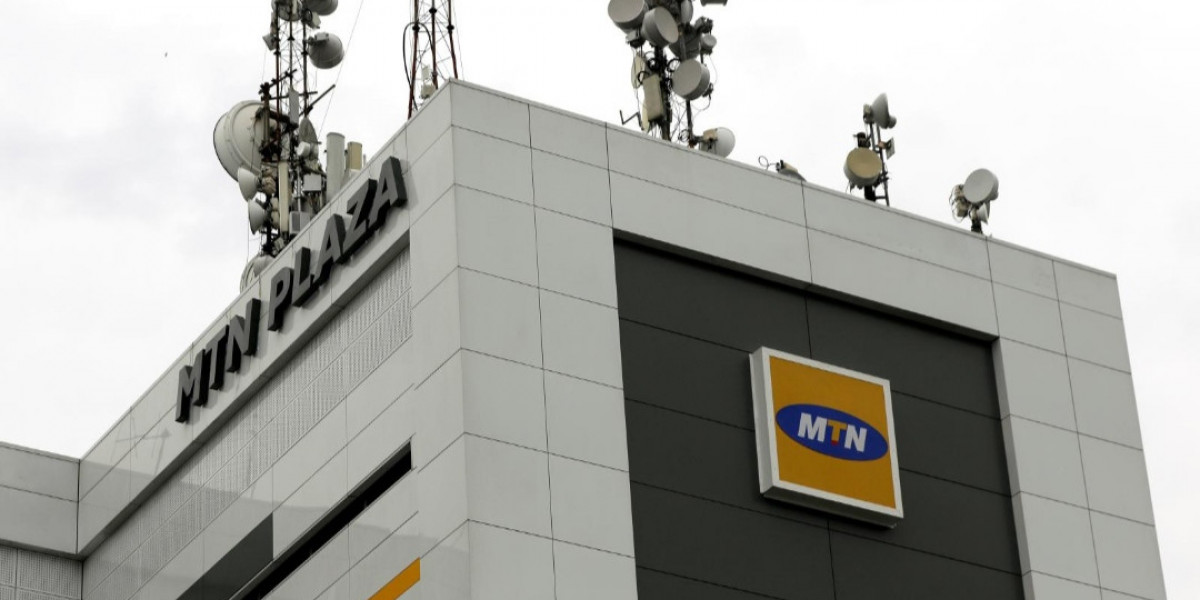Recent data from the United States government has provided a stark illustration of the robustness of consumer spending, which has defied the predictions of economists, Federal Reserve policy makers, and even the sentiments of the American public in opinion polls. The government reported on Friday that consumer spending increased by a robust 0.4 percent in September, after adjusting for inflation, even as the cost of borrowing for Americans continues to rise.
The government reported on Thursday that the economy grew at an annual rate of 4.9% during the July-September period, the quickest rate since 2021, due to a surge in consumer spending. However, economists caution that this robust spending is unlikely to continue in the near future, as many households have been draining their dwindling savings and turning to credit cards.
Furthermore, the additional savings accumulated during the pandemic, such as stimulus aid and limited opportunities to travel, dining out, and attending entertainment venues, have been largely depleted. Despite this, there is still no clear indication of where the economy will go from here, due to the unique characteristics of the post-covid economy. Most economists have been predicting the "death of the consumer" and a recession for a year, yet so far there is no sign of a recession and consumers appear to be in good health.
Although spending may slow down in the upcoming months, it is far from certain that it will collapse. Much of it, indeed after altering for higher costs, was for optional things that recommended that numerous individuals feel certain in their funds and work security. The strength of that investing has caught the consideration of Encouraged authorities, who have signaled that they will keep their key intrigued rate unaltered when they meet this week. But they’ve moreover made clear that they are observing the financial information for any sign that swelling seem reignite and require advance rate climbs.
“I have been reliably shocked at the strength of shopper spending,” Christopher Waller, an powerful part of the Fed’s board, said in a discourse this month.
Meanwhile , businesses, particularly those within the sprawling benefit segment, are profiting from what still shows up to be pent-up request, likely driven by higher-income workers, after the limitations of the widespread. Final week, Regal Caribbean Gather detailed strong quarterly profit. Travelers swarmed their journey ships and went through more indeed as the company raised costs.
“The increasing speed of customer investing on encounters (has) impelled us towards another exceptional quarter,” said CEO Jason Freedom. “Looking ahead, we see quickening demand.”
So what’s behind the outsize picks up, so distant? Financial analysts point to a few drivers: Durable hiring and moo unemployment, beside solid funds for most families developing from the widespread. Wealthier family units, in specific, have delighted in considerable development in domestic values and stock portfolios, which are likely juicing their investing.
Unfaltering enlisting has sent the unemployment rate down to a near-five-decade moo of 3.8% and lifted to a record tall the extent of ladies in their prime working a long time — ages 25 through 54 — who are utilized. Measures of cutbacks are close authentic lows. More occupations mean more pay, which for the most part implies more investing.
“We proceed to accept simply shouldn’t wagered against the consumer until genuine work misfortunes are on the horizon,” said Tim Duy, chief U.S. financial analyst at SGH Large scale Consultants.
Within the July-September quarter, Americans inclined up investing on strong products — furniture, machines, gems and baggage — that individuals regularly cut back on in the event that they’re stressed almost their employments or the economy.
With expansion abating — it’s at a still-high 3.7%, down from a top of 9.1% in June 2022 — normal compensation are beginning to outpace cost picks up. By a few measures, wage development hasn’t however completely counterbalanced the expansion surge that started in 2021. But since late final year, pay has risen speedier than costs, likely fueling a few investing.
In numerous lower-paying businesses, like lodgings, eateries and distribution centers, companies have battled to discover and keep workers and have raised pay in like manner. Julia Pollak, chief financial specialist at ZipRecruiter, calculates that for the lowest-paid 10% of laborers, compensation have bounced 25% since the primary quarter of 2020, when the widespread started. That’s well ahead of the 18% increment in costs over that time.
And most families begun 2023 in superior shape than they were in some time recently the widespread emitted, agreeing to a report from the Encouraged. The net worth of the middle family — the midpoint between the wealthiest and poorest — hopped 37% from 2019 through 2022 as domestic costs shot higher and the stock advertise rose. That was the greatest surge on records dating back more than 30 a long time.
Most of the investment funds that Americans have amassed within the past three a long time have streamed to the wealthiest families, who have splurged on travel and other encounters. Regularly, financial analysts say, the wealthiest one-fifth of Americans account for almost two-fifths of all investing.
The net worth of the wealthiest one-tenth of families jumped by $28 trillion — or about one-third — from the primary quarter of 2020 to the moment quarter of 2023, concurring to the Bolstered. The poorer one-half of Americans picked up a greater rate increment but in add up to dollars much less, from around $2 trillion to $3.6 trillion. (Those figures aren’t balanced for swelling.)
“When riches is developing by the sum that it has been the past three a long time … I do think that it’s playing a bigger part in this spending quality than perhaps we thought it would,” said Sarah Wolfe, U.S. financial specialist at Morgan Stanley.
Small-business proprietors like Bret Csencsitz, overseeing accomplice of Gotham Eatery in New York City, can validate to that. High-dollar investing by middle-age clients has made a difference supplant numerous of his more seasoned supporters who moved out of the city amid COVID. These clients, who ordinarily work in innovation and back, are buying $150 to $200 bottles of wine and investing a small over $200 on steak for two.
The normal per-person check is up over 20% to generally $145 compared with the pre-pandemic days, he included, and he has had bunches of up to 60 individuals holding suppers at his eatery.
“People are back,” he said. “There’s more energy.”
Aditya Bhave, senior financial specialist at Bank of America, famous that the investing isn’t all driven by the princely. Investing on the bank’s credit and charge cards by family units with livelihoods underneath $50,000 has risen speedier than investing by higher-earning clients.
A few Americans, whereas keeping a near observe on their funds, still feel they have room to enjoy themselves. Consider Valerie Zaffina, a 74-year-old resigned instructor who was picking up a chunk of adornments final week at a Kohl’s store in Ramsey, Modern Shirt. She said she and her spouse live on settled earnings and are cautious spenders.
But Zaffina has in any case chosen on one huge rampage spend — approximately $5,000 to enhance her rental loft, counting a $2,500 couch and a $600 carpet. It’s her to begin with major enhancing venture in 18 a long time.
“I had kind of a baffling year, and I needed to do somethingfor myself,” she said. “So, no doubt, I’m refurbishing. I’m within the throes of that, but I’m staying to a budget.”
Numerous investigators still caution of a modern trim of headwinds confronting shoppers and the economy. About 30 million understudy credit borrowers had to begin paying their credits this month, for illustration. And government brokenness in Washington may lead to a government shutdown another month.
A report Friday appeared that whereas inflation-adjusted wage fell final month beside the reserve funds rate, buyers still inclined up their investing. That slant, financial specialists say, is unsustainable.
Indeed so, those challenges may not demonstrate as harming as dreaded. Understudy credit installments, for case, hopped indeed some time recently an Oct. 1 due date for continuing them, Bhave famous. And few borrowers show up to have taken advantage of a 12-month elegance period the Biden organization put in place, suggesting that most borrowers can bear to continue paying the cash back — at slightest for presently.
And officials at Visa, which reported strong profit and a surge of investing by their U.S. credit card clients abroad within the third quarter, have moreover made light of the likely affect of understudy credit reimbursements.
The company isn’t “factoring in any impacts” from credit reimbursements “because we’ve however to see any significant impact,” said Visa’s chief monetary officer, Christopher Suh. “Consumer investing over all sections from tall to moo has remained steady since March.”
“There’s a part of anguish and doom,” around the customer, Bhave said. “And however the information keep astounding to the upside.”
Jay Blisshustle detailed from New York.




Adeniyi4real 12 w
Lovely